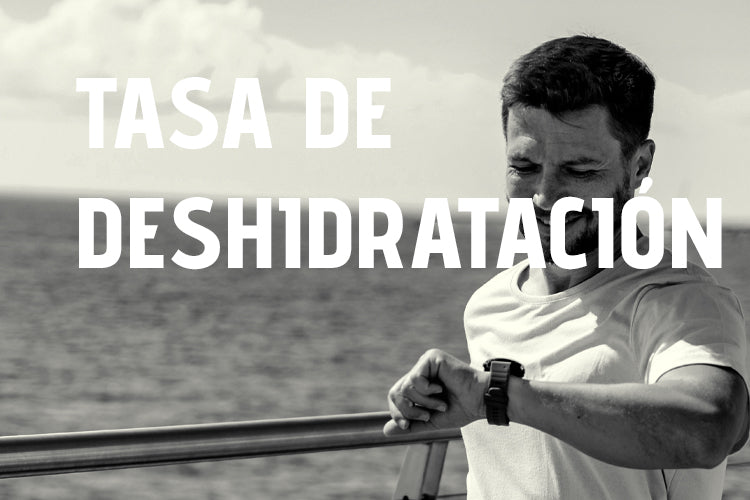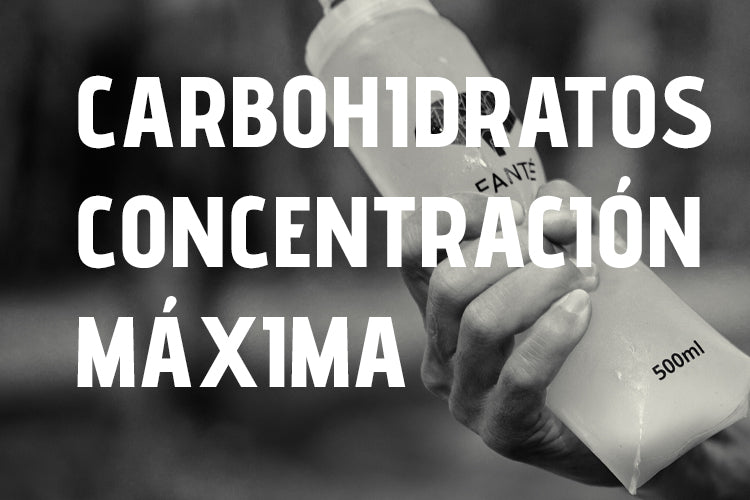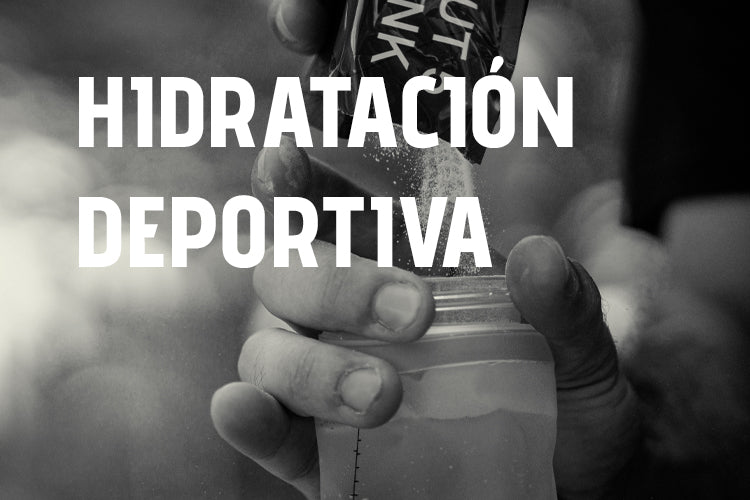Why do we need to know the sweat rate?
The goal of drinking during exercise is to prevent significant dehydration and allow for peak performance. Your sweat rate determines your fluid needs during exercise, whether you're running a marathon, competing in a long-distance triathlon, or playing a game of basketball or soccer.
Why do I need to know my sweat rate?
Everyone sweats differently. Genetics, gender, training, and acclimatization affect sweat rate. Also, the harder you work, the more you sweat. The hotter it is, the more you sweat. And other factors like humidity, sun, wind, and clothing will affect your sweat rate.
If you want to learn more about hydration, you'll learn more in our hydration guide .
What is the general idea of measuring sweat rate?
The simplest case is to measure your sweat rate while exercising without eating or drinking anything and without using the bathroom. If you weigh yourself before and after exercise, the difference in weight is primarily due to sweat loss. Convert that to fluid volume, and you have sweat loss (1 kg = 1 L). When you divide that sweat loss by the exercise time, you have your sweat rate.
Back to reality, things are a little more complicated. If you drank while exercising, then your total sweat loss is the amount you determined from your weight loss plus the amount you drank. To get your sweat rate, it's the same idea as before: simply divide your total sweat loss by your exercise time.
If you went to the bathroom, the math is simple, but the measurement might not be. Your sweat loss would be the total sweat loss from above minus the urine volume.
What is the detailed procedure?
First, there are a couple of things you will need to do your measurement:
- Scale (accuracy of 0.1 kg)
- Kitchen scale (optional)
- Measuring cup (optional)
- A towel
- A sweat rate calculator by Fanté (download)
Data collection:
- Empty your bladder and record your weight (naked or scantily clad); record your "before weight"
- Perform your workout or race; record/remember exactly how much you drank; log your intake volume; and record your exercise time. In addition to other data such as temperature, humidity, and altitude.
- If urinated, record the estimated/measured volume as "voiding"
- Weigh yourself after exercise; without clothing or in the same conditions as before; record your "after weight"
The goal of obtaining this data is to help you develop a good hydration strategy during your workouts, tailored to your needs. If you experience high sweat rates in different weather conditions, intensities, and durations, you'll be able to better estimate your hydration needs and develop your strategy in conjunction with our GLUT 5 DRINK and GEL 60 products.
Should I measure more than once?
Sweat rates are often measured only once. This gives you a sweat rate for the conditions under which you measured it: a sweat rate for that sport, that temperature and humidity, that exercise intensity with that clothing you were wearing, etc. If any of these variables change, the rate will also change. It's more important to measure under the conditions for which you're making nutrition plans; since conditions will vary, repeated measurements under different conditions are essential.
Additionally, there will be errors introduced by the accuracy of your scale, temperature measurement, fluid intake measurement, etc. Repeated measurements for a given set of conditions will reduce this error.
Estimating your sweat rate will never be 100% accurate, but it will give you a better idea of how much to drink than simply relying on thirst.
Literature
- Baker L.B. (2017). Sweating Rate and Sweat Sodium Concentration in Athletes: A Review of Methodology and Intra/Interindividual Variability. Sports Med. 47(Suppl 1):111-128,
- Gonzalez et al. (2009). Expanded prediction equations of human sweat loss and water needs. J. Appl. Physiol. 107(2):379-88,




Leave a comment
This site is protected by hCaptcha and the hCaptcha Privacy Policy and Terms of Service apply.